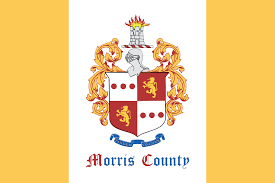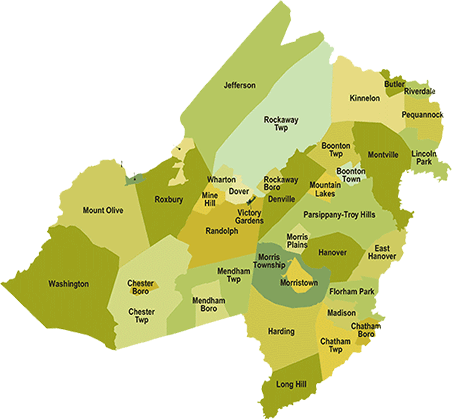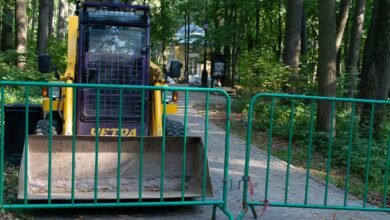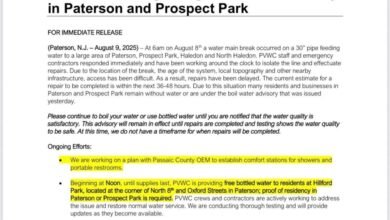
Morris County, NJ: Revolutionary Roads, Rural Resistance, and the Crossroads of Past and Future
Located in northern New Jersey, Morris County is a place where Revolutionary War legacies meet 21st-century complexity. It’s home to George Washington’s winter encampment—and thousands of immigrants building new lives in today’s service and care economies. It boasts some of the state’s most affluent towns—and rural corners where access to transit, healthcare, and equity are still up for debate. This isn’t just horse country—it’s a region on the edge of reinvention.
Origin and History
Morris County’s past is foundational—and deeply layered.
- Lenape Land: Before colonization, the Munsee-speaking Lenape lived throughout the area, using the Morris County hills and rivers for hunting, trade, and ceremony.
- Colonial Expansion: The county was formed in 1739 from parts of Hunterdon County. Morristown, its seat, became the winter headquarters for George Washington during the American Revolution.
- Industrial Backbone: In the 1800s, Morris County saw the rise of mining (especially iron ore), agriculture, and early railroads—making it a strategic transportation and manufacturing region.
- Suburban Shift: After World War II, Morris County transformed into a commuter region, with highways and corporations bringing both suburban sprawl and growing income inequality.
Demographics
Beneath its reputation for wealth and charm, Morris County is shifting—slowly but significantly.
- Population: Approx. 509,000 residents (2020 U.S. Census)
- Cultural Composition: About 70% white, 16% Latinx (mainly Mexican and Central American), 8% Asian (notably Indian and Filipino), 4% Black/African American, and 2% multiracial.
- Languages Spoken: English is dominant, but Spanish, Tagalog, Hindi, Mandarin, and Portuguese are spoken in households and businesses across the county.
- Immigrant Presence: Roughly 20% of residents are foreign-born, with large immigrant populations in Dover, Morristown, Parsippany, and Wharton.
Geography and Government
Morris County is large, layered, and politically influential in North Jersey.
- Size: 481 square miles
- County Seat: Morristown
- Municipalities: 39 total—including townships, boroughs, and cities like Parsippany-Troy Hills, Morristown, Dover, Rockaway, Chatham, Denville, and Boonton.
- Government: Led by a Board of County Commissioners. Oversees public health, parks, social services, and infrastructure for all municipalities.
Where We Thrive
Morris County thrives in its open space, education systems, and pockets of vibrant community organizing.
- Public Education: Known for well-funded public schools in towns like Chatham, Mendham, and Mountain Lakes—but equity concerns persist in more working-class towns like Dover and Wharton.
- Green Spaces: Home to over 18,000 acres of parkland, including Loantaka Brook Reservation, Tourne Park, and the Great Swamp National Wildlife Refuge.
- Faith & Community Networks: A mix of Catholic parishes, Hindu temples, mosques, and Black churches serve as both spiritual homes and service centers.
- Cultural & Creative Life: Local libraries, arts councils, and immigrant organizations run festivals, storytelling events, and youth programs—though funding and visibility vary widely across towns.
Fun Facts and Local Gems
- Washington’s Headquarters (Morristown National Historical Park): First national historical park in the U.S., preserving Revolutionary War artifacts and memory.
- Wharton Canal District: A hidden gem with walking trails and preserved buildings from the Morris Canal era.
- Dover’s Latinx Business Strip: Restaurants, salons, and bodegas that reflect the town’s Mexican and Central American heart.
- County College of Morris (CCM): A key institution offering affordable higher ed and workforce training—especially for first-gen students.
Challenges and Change
Morris County’s future depends on who gets to shape it.
- Economic Disparities: While towns like Mendham and Harding boast high incomes, places like Dover and Victory Gardens face underfunded schools, overcrowded housing, and underemployment.
- Affordable Housing Gaps: Strict zoning and NIMBY resistance in wealthy towns have led to a severe lack of affordable and multi-family housing countywide.
- Transit Inequity: Most towns are car-dependent; without reliable transit, many low-income workers struggle to access jobs or healthcare.
- Representation Gaps: School boards, town councils, and planning commissions often don’t reflect the growing diversity of the county’s population—especially in rural or affluent suburbs.
Community Voices
“We’ve got Revolutionary War trails and $2 million homes—but also families working three jobs just to stay here. If we’re not telling both stories, we’re missing the truth.”
— Ana V., Dover-based educator and youth mentor
Why Morris County Matters
Morris County is where New Jersey’s contradictions live side by side: legacy and labor, privilege and precarity, farmland and freeway. It’s a region with both historic clout and emerging voices. If the county chooses to center justice, equity, and accessibility, it could model what a truly inclusive suburban future looks like—for the state and the country.
HFYC uplifts Morris County because its next story isn’t just about land—it’s about who gets to belong on it.
Call to Action
Live in Morris County? Know a teacher, community organizer, farmworker, immigrant entrepreneur, artist, or elder shaping your town?
Let us help tell their story.
Submit a feature, nominate a changemaker, or reflect on what Morris County means to you—from the school bus stop to the boardroom.







